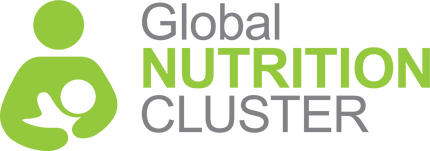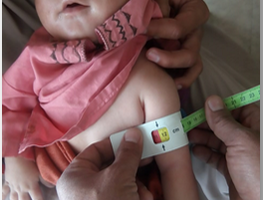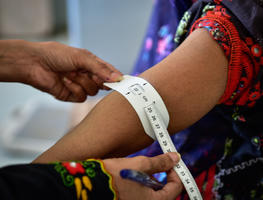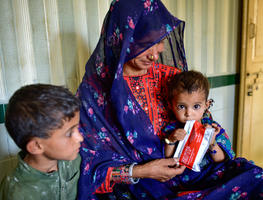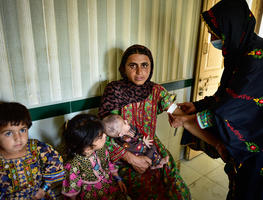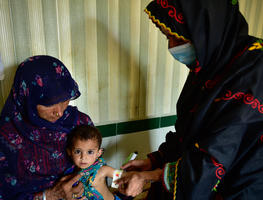Request support on coordination, information management, integration for nutrition outcomes or technical nutrition in emergencies assistance.
التماس الدعم لتنسيق التغذية وإدارة المعلومات والتغذية في حالات الطوارئ
Demander un appui pour la coordination de la nutrition, la gestion de l'information et la nutrition dans les situations d'urgence
Buscar apoyo para la coordinación de la nutrición, la gestión de la información y la nutrición en situaciones de emergencia
Solicite apoio para coordenação em nutrição, gestão de informação e nutrição em emergências
Pakistan
Coordination mechanism:Sector
Year of activation: 2013
NCC: UNICEF NOC FT (double-hatting)ongoing
Deputy: N/A
IMO:UNICEF NOB FT (ongoing)
Other: Consultants (Nutrition Officers and IMOs) at Provincial Level
Coordination arrangement:
UNICEF and government co-lead at federal level and UNICEF and government co-leads at provincial level.
Report 2023
January to December 2023
1. Funding Constraint
Scalable provision of necessary nutritional services is hampered by lack of funds.
The nutrition sector continues to get inadequate funding, and the floods have made the already severe malnutrition rates among children and women even worse. There are more than 6 million women and children who require immediate access to nutrition assistance. This includes more than 520,000 children who are suffering from severe acute malnutrition (SAM), which is one of the top priorities for the flood response plan. However, there are approximately 1.45 million severely malnourished children who are still awaiting life-saving assistance, and close to 50,000 children require urgent medical interventions because of complications related to SAM. For an aggressive sector-wide response, closing the nutrition budget gap is consequently crucial.
2. Limited Services
Limited services for Moderate Acute Malnutrition (MAM) treatment leading increase in SAM caseload. According to the situation report, there has been a three-to-four-fold increase in SAM cases, with the highest prevalence among children under two years of age, which is alarmingly high among girls.
3. Coordination
There is lack of inter-sectoral functional coordination.
Water Borne Diseases (floods damaged most of the water systems in affected areas, compelling more than 5.4 million people, including 2.5 million children, to solely rely on contaminated water from ponds and wells aiding to this living of approximate 4 million children next to stagnant water resulted in the outbreaks of diseases like Cholera, diarrhea, dengue and malaria outbreaks leading to malnutrition in children and food insecurity is a major cause of malnutrition.
| Advocacy Survey | |
| Country Advocacy Strategy developed | 0 |
| Link to document | |
| Advocacy activities included in annual work plan | 0 |
| Specific WG leading advocacy work established | 1 |
| Preparedness | |
| Contingency plan or ERP plan developed/updated | 1 |
| Link to document | |
| Intersectoral Collaboration (ISC) | |
| Intersectoral projects currently under implementation | 1 |
| Clusters engaged | |
Key Figures
(million)Funding
(million)- Children 6-59 months
- Pregnant and Lactating Women
Total partners (27)
Key Resources
list of important documents
